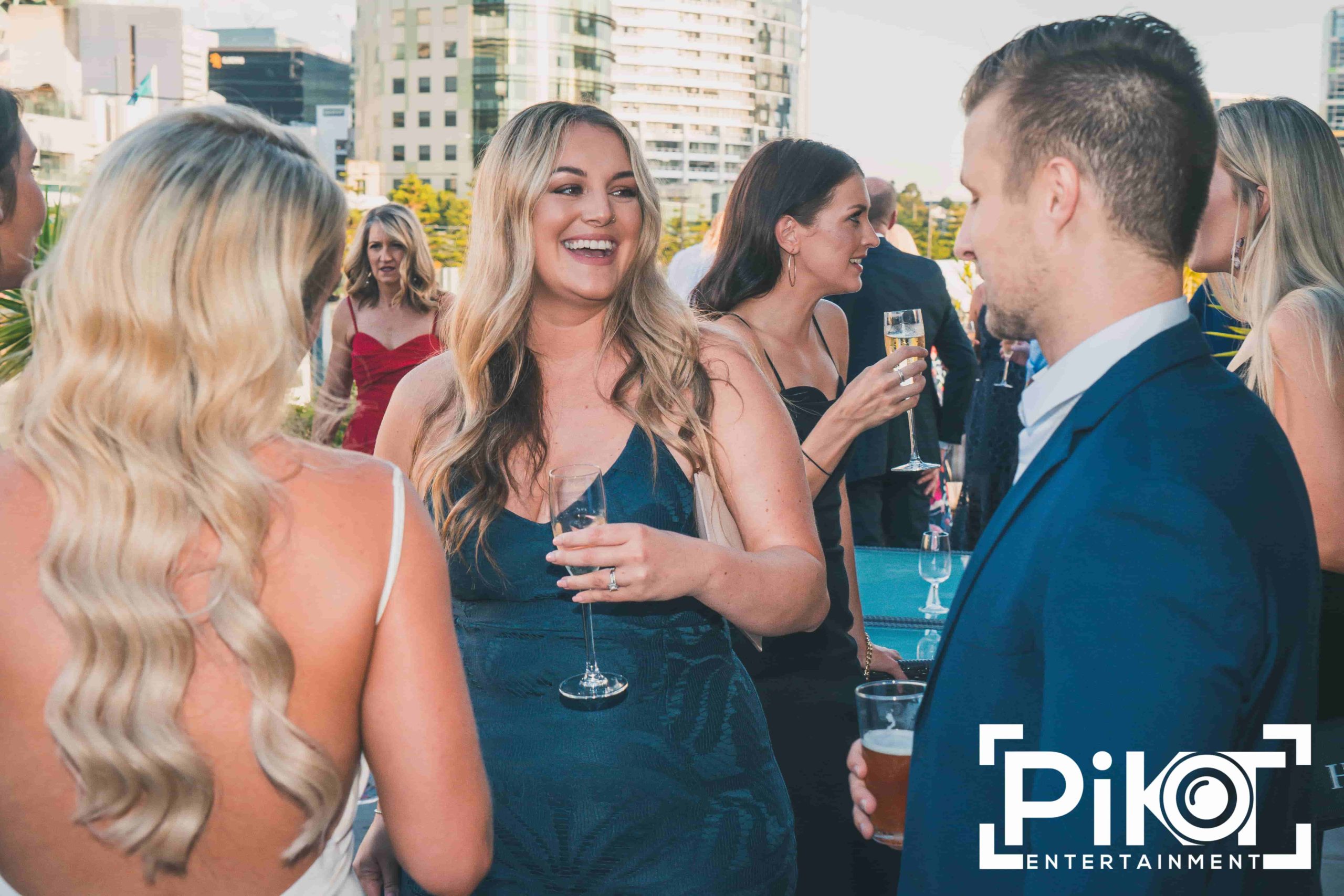To really understand how the photobooth came about, we have to go way back to the late 19th century. In 1883, an inventor named Percival Everett created the first-ever commercially-viable coin-operated vending machine. This proved to be a huge craze, and soon, vending machines of all sorts started popping up. Candy machines, seltzer dispensers, and so much more could be found on every street corner and storefront.
Eventually, this new technology found its way into the booming photography industry. At this point, photos were still far off from the quick, instant pictures we know today. The first photographic process, the daguerreotype, had just been introduced earlier that century. Soon to follow was the tintype (or ferrotype) process, which developed photos faster and at a much lower cost.
The first patent for an automated photography machine was filed in 1888 by Baltimore-based inventors William Pope and Edward Poole, but it’s most likely that no prototypes were actually ever made using that design.
Around a year later, Matthew Steffens received a patent for an early version of a photobooth called the Auto-Photo, but it needed a whole team and an entire room to operate. Plus, the machines weren’t entirely reliable. It was back to the drawing board.
A few months later, in March 1889, the first known working photographic machine debuted at the Paris World Fair. This machine took a photo from 3-6 seconds and produced a print in just 5 minutes. Many people at the fair said the portraits were dark and unrecognizable; however, the concept of a self-sufficient automatic photo machine started gaining traction.
The biggest breakthrough came in 1890, thanks to Hamburg inventor Conrad Bernitt. He received a patent for an automatic photographic booth called the Bosco Automat on the 16th of July. He premiered his invention at the 1893 First International Exposition of Amateur Photography. This amazing coin-operated machine produced a ferrotype in just 3 minutes. Soon, it started showing up at fairs and parks all over.
Even though the foundations for the modern photobooth were there, these early-day machines had sub-par quality that was way below the albumin and platinum prints you could get from a professional photographer. Plus, they weren’t truly self-sufficient since they broke down often and required constant chemical changes and repairs.
An affordable, decent-quality, self-operative photobooth machine was still a ways to go. Soon enough, however, something would happen that would change the photography world forever.

Anatol Josepho (originally Josephewitz) was born in 1894 in Omsk, Russia. Far from the bustling capital city of Moscow, Omsk was a struggling industrial town populated by exiles and outcasts. Josepho’s father was a successful jeweller who was able to fund his son’s passions and dreams.
In 1900, Eastman Kodak released the, a small, handheld camera that was easy to operate and relatively affordable for the masses. Once 6-year-old Anatol laid his eyes on them, he was hooked on photography. His father enrolled him a local technical institute for photography lessons.
Nine years later, his father gave him enough money to travel the world and take up his first photo studio job in Berlin. When Anatol was 18, he tried to make it big in New York but couldn’t find a job there, so he went back home to Omsk instead.
He soon discovered that his hometown was ravaged by the Bolsheviks, so he travelled west to Budapest to set up his first studio. There, he started drawing up the plans for his biggest dream: a self-sufficient, coin-operated photobooth.
In the meantime, Josepho went across China and Mongolia to Shanghai, which in 1921 was the cultural capital of the East. He opened up another successful studio there, Josepho Studio. Throughout the years, he kept refining his prototype for a photographic process that was fast, affordable, and didn’t require negative film—this would later form the backbone of the Photomaton, the first commercially-successful photobooth.
In 1923, Josepho made his way to the United States for the second (and last) time. He went from Seattle to Hollywood to finally Manhattan, where he raised enough money to create the first photobooth prototype. At the time, he needed $11,000. This doesn’t sound like much in today’s money, but back then, it could buy 5 houses!
With his funding secured, Josepho put together a team of machinists and engineers to build his first prototype. They set up shop at a loft on 125th St. in Harlem and got to work. The result? A booth, enclosed with a curtain, that automatically produced a photo strip—8 photos total in just 8 minutes.
The first anonymous coin-operated photobooth debuted in Broadway, New York in 1925. Josepho opened up the Photomaton Studio, where he had installed three of his photobooths. Word got around and the photobooths became an instant hit. He was getting over 7,500 customers a day! In the next two decades, Josepho would expand his business to over 30,000 booths across the entire country.
The machine proved so popular that Henry Morganthau (the founder of the American Red Cross) took interest in the Photomaton. Morganthau purchased the U.S. patent rights in 1927 for $1 million, or $14 million in today’s money. The New York Times even published a headline that read, “Slot Photo Device Brings $1,000,000 to Young Inventor.” Almost overnight, Josepho’s work made him a millionaire.
Morganthau began opening up studios across the country. He established a factory in Long Island to start his distribution plans across the US and the world. At the end of the year, there were plans to sell the machine in Europe and Canada, thanks to a British investor group who purchased the distribution rights.
The popularity of the Photomaton invited tons of copycats over the years. Some of the most notable ones include the Photo-Movette, Auto-Photo-Dome, Photoweigh Machine, PDQ, and the Phototeria. This last machine was invented by Canadian David McCowan who actually found a way to make the machines smaller, but was unable to break into the American market.
One of the biggest threats to the Photomaton would, surprisingly enough, come from within the company’s ranks. John Anton Slack worked on the original machines, but he had ideas to take the design to the next level. One of his major innovations included speeding up the process and removing the booth’s need for a water supply. After refining his blueprints, Slack formed the American Picture Company and moved into his own photobooth studio on Broadway.
Another competitor arose in the wake of Slack’s departure from Josepho’s company. Herman Casler, a former colleague of Thomas Edison and the inventor of the Mutoscope, had a lot of experience in creating moving pictures. In 1930, he decided to expand his business into the photobooth industry. Casler created the Photo-See Model 100, which utilized ferrotype-based chemistry.
4 years later, a certain William Rabkin bought the International Mutoscope and Reel Company from Casler as well as the copyrights to the Photomaton. Rabkin wanted to improve on the design of these two popular photographic booth machines, and he did. By the 1940s, the Mutoscope Photomatic had booths in the NYC subway, the Staten Island Ferry, and the New York World’s Fair.
The original Photomatics are difficult to find because, in the 1940s-50s, rival Auto-Photo Co. went on an aggressive marketing and distribution campaign that would help them take over the United States photobooth industry. They even changed the way photobooths did business—instead of selling the machines, they rented them out. One of Auto-Photo Co’s biggest clients? Woolworth’s.
Not only did the Auto-Photo find its way into every major Woolworth’s store in America, they were also used by the police for its photos and mug shots. In 1964, the company introduced what would be its last black-and-white model, the Model 14. Soon after, a British-based company called Photo-Me bought the corporation.
By the 60s and 70s, photobooths were struggling a bit. Polaroids and other instant home cameras had just hit the market. Photobooths couldn’t compete with the accessibility and affordability of Polaroid photography, and sales declined.
Before the turn of the century, Photo-Me introduced lightweight digital colour photobooths that used computer software and printout paper, so you could get your photos much faster. At this point, the photobooth craze found its way to Japan, which of course made its own spin on the trend.
Purikura, derived from the English “print club”, were Japanese photo sticker booths where you could design the photos before printing them out. You could change the background, add stickers, and make cosmetic enhancements as well. These photobooths were developed by Atlus and Sega, and have made huge waves not only in Japan, but in the entire Asian market.

As digital cameras, photo printers, and computer software became widely available in the 21st century, people found out they could connect all three for their own personal photobooth. Sadly, this meant that the original photobooths declined in popularity. For a time, photobooths were mainly used to take passport photos and for nostalgic purposes.
Some people think that the obsession with selfies is a millennial thing, but they would be wrong! If there’s one thing that hasn’t changed throughout recent history, it’s that people love taking photos of themselves.
When photobooths first came out, it attracted regular people and artists alike. In 1927, famous surrealist artist Andre Breton got together some of the biggest surrealists on the scene for a project. He had them photographed in a photobooth with their eyes closed, as if dreaming. Included in the project were Max Ernst, Rene Magritte, and even a young Salvador Dali. Later, Andy Warhol and his friends at The Factory would use photobooth pictures to create gorgeous, now-iconic art.
30 years later, Esquire magazine challenged Hollywood photographer Richard Avedon to create stunning photographs with a clunky photobooth machine. This bet produced beautiful photographs of the likes of Marilyn Monroe, Audrey Hepburn, and Truman Capote.
Today, the photobooth still attracts some famous clientele. Famous celebrities who have had photobooths at their parties include Taylor Swift, Jennifer Anniston, Robert Downey Jr., the Kardashians, and pretty much most of the guests at the Golden Globes.
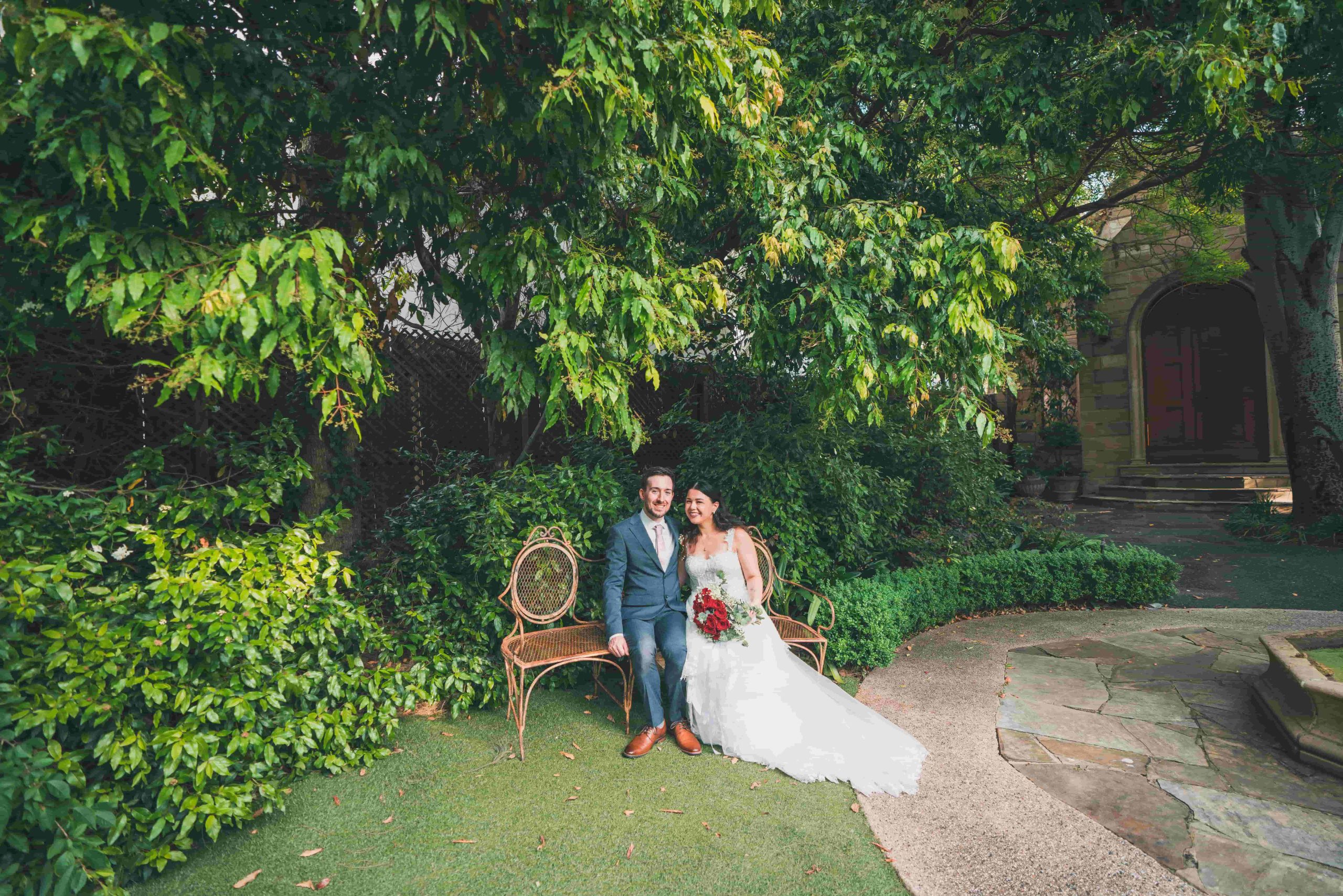
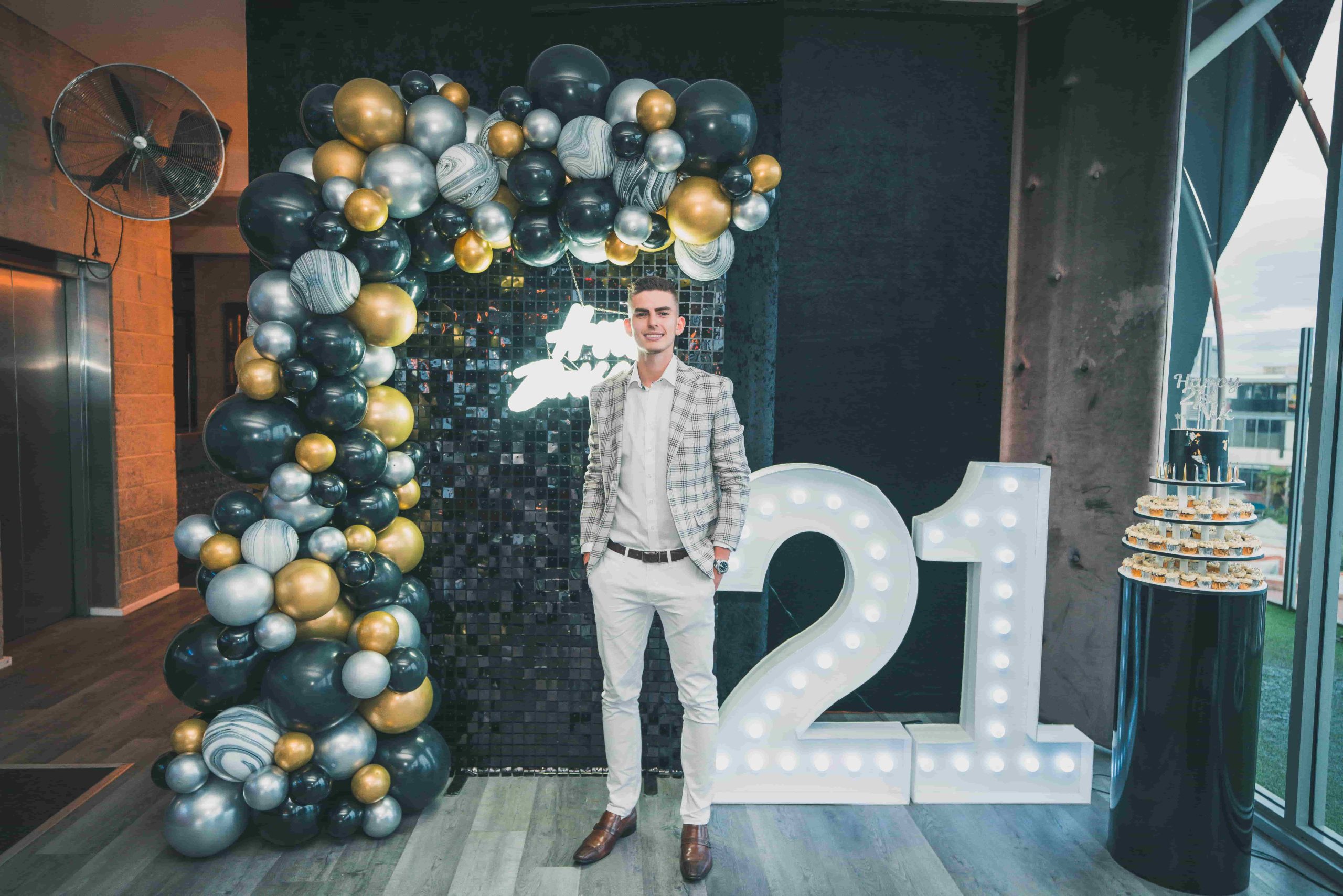
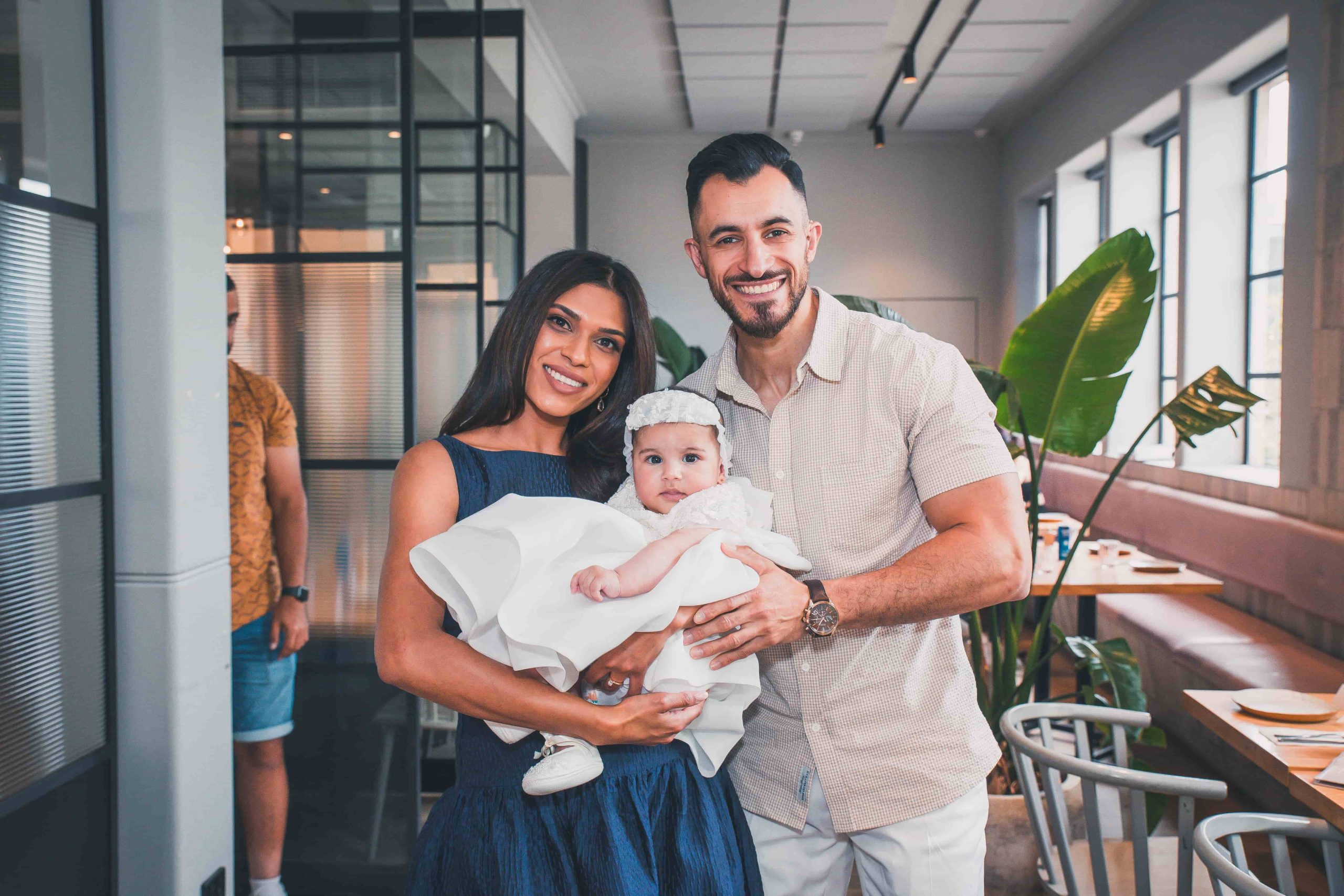
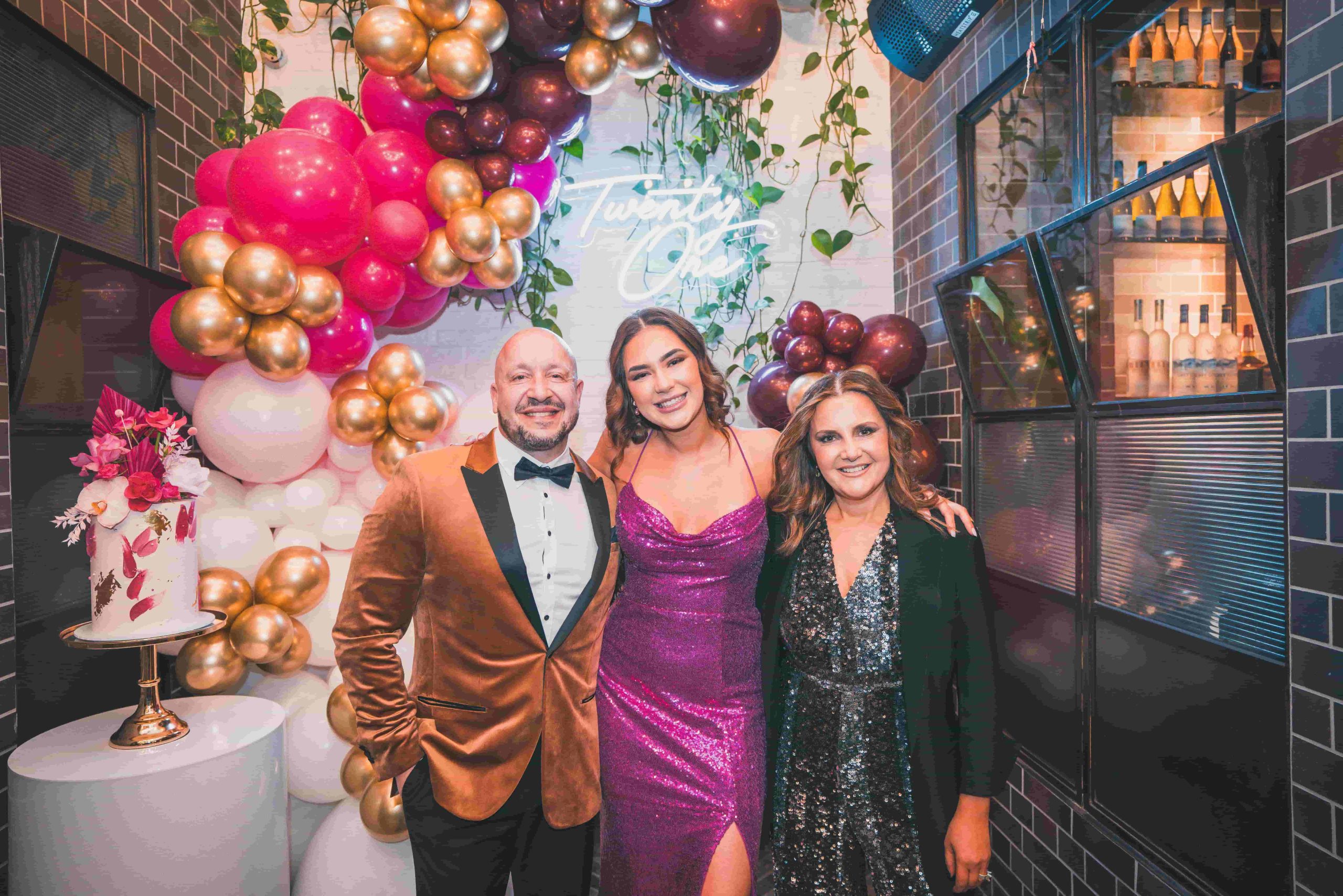
With many years of experience, Pikt DJ’s will make your night one to remember. Our extensive music library keeps guests entertained all night long. Combined with complimentary lighting , we create the perfect party atmosphere for your event.
We know just how to make your night memorable for years to come. Our highly skilful and friendly photographers will ensure every candid moment is captured. We pride ourselves in producing the highest of quality images. Get in touch now.
Looking for the fun factor? Our photo booth hire in Melbourne provides the ultimate entertainment for all ages. With a box full of fun, quirky props it will leave a lasting impression on guests! Look back on the crazy moments and remember your night for a lifetime.
If photography isn’t your cup of tea, we’ve got the solution for you! Relive the magic of the night, with our Melbourne Videography hire. Capture every raw detail and look back on it as if you were still in the moment. Secure your Videography hire, enquire now!
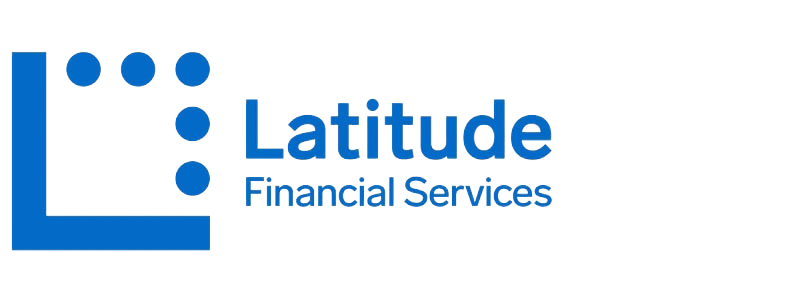

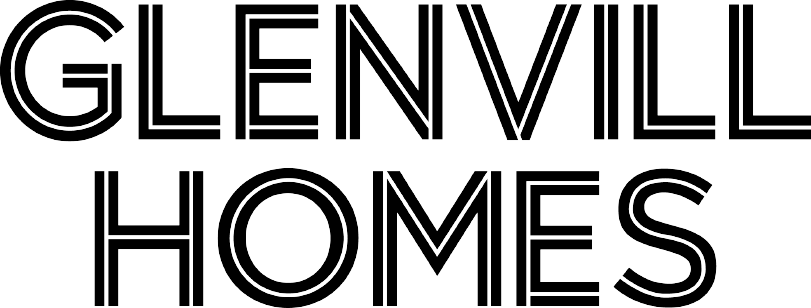
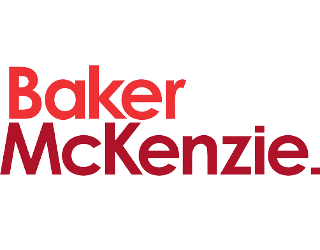


Tell us what you need and we will come back to you with a quote
Our DJ's don't have a set playlist that they stick to. Instead, they will gauge what type of music the crowd is engaging with on the night and continue to keep the dance floor alive!
Simply email us your invitation or the theme of your party and we will design your photo strip based on this. Alternatively, if you would like to make your own design, feel free to do so within a 6x2 inch template!
In order to ensure high quality and consistency within our editing process, please allow up to 14 days for the images to be ready for your viewing.
Yes! We will need medium size trestle table, access to a nearby power point and an indoor (weather proof incl. windproof) 3x3x3m area allocated in order to setup the photo booth comfortably. If you have less space, please email us the exact dimensions.
Yes! All digital images are uploaded onto our data base and will be made available to you within 14 days of the event.
Yes! We will need medium size trestle table, access to a nearby power point and an indoor (weather proof) 2x2x2m area allocated in order to setup the DJ comfortably. If you have less space, please email us the exact dimensions.
Due to the changing circumstances with the Covid-19 pandemic, our photo booth hire does not include an onsite attendant. You will however be able to reach our on call attendant throughout the hire time if need be.
Yes we do travel outside of Melbourne! However, all of our current pricing is based on Melbourne locations. Please email us with your details and we can provide an accurate quote to you.
Please email us your invitation or colour theme for the party and we will match a backdrop best suited for you.
